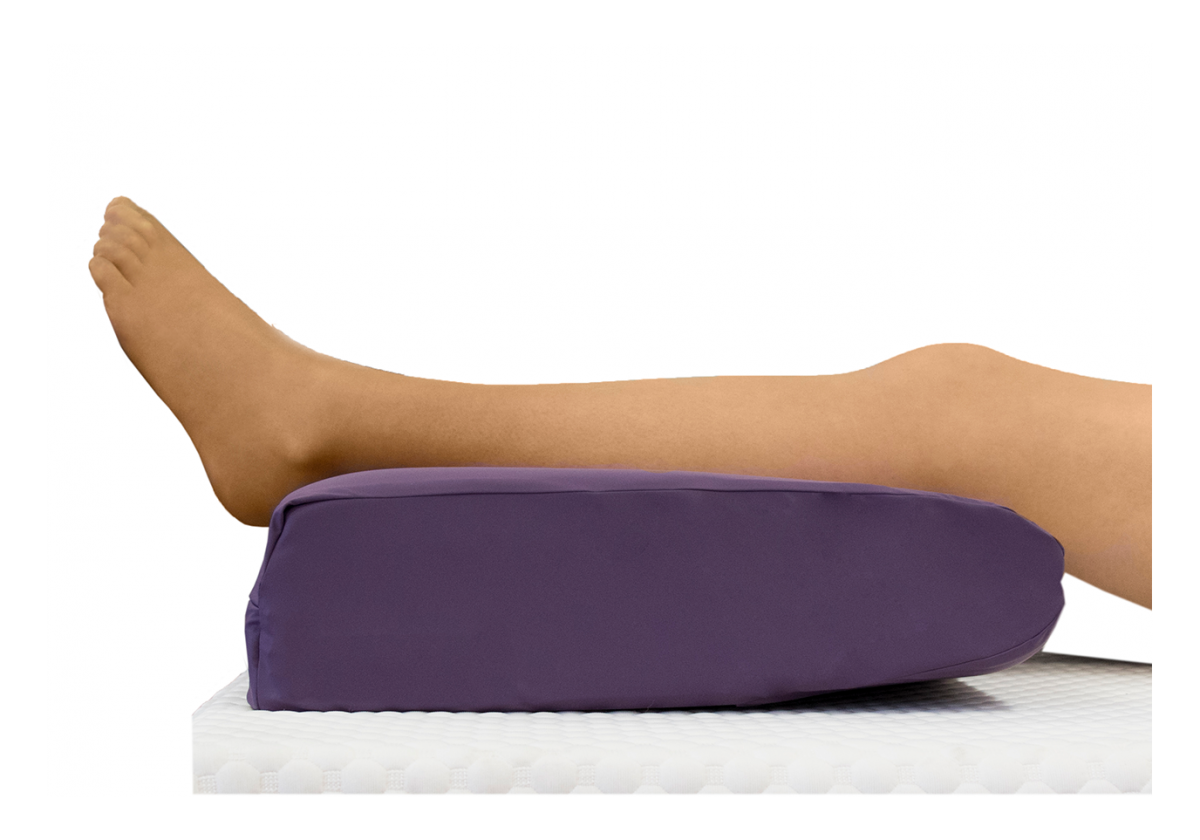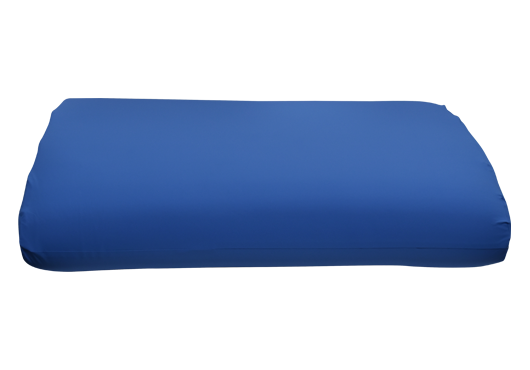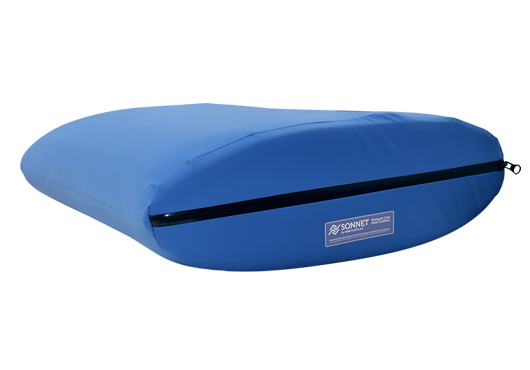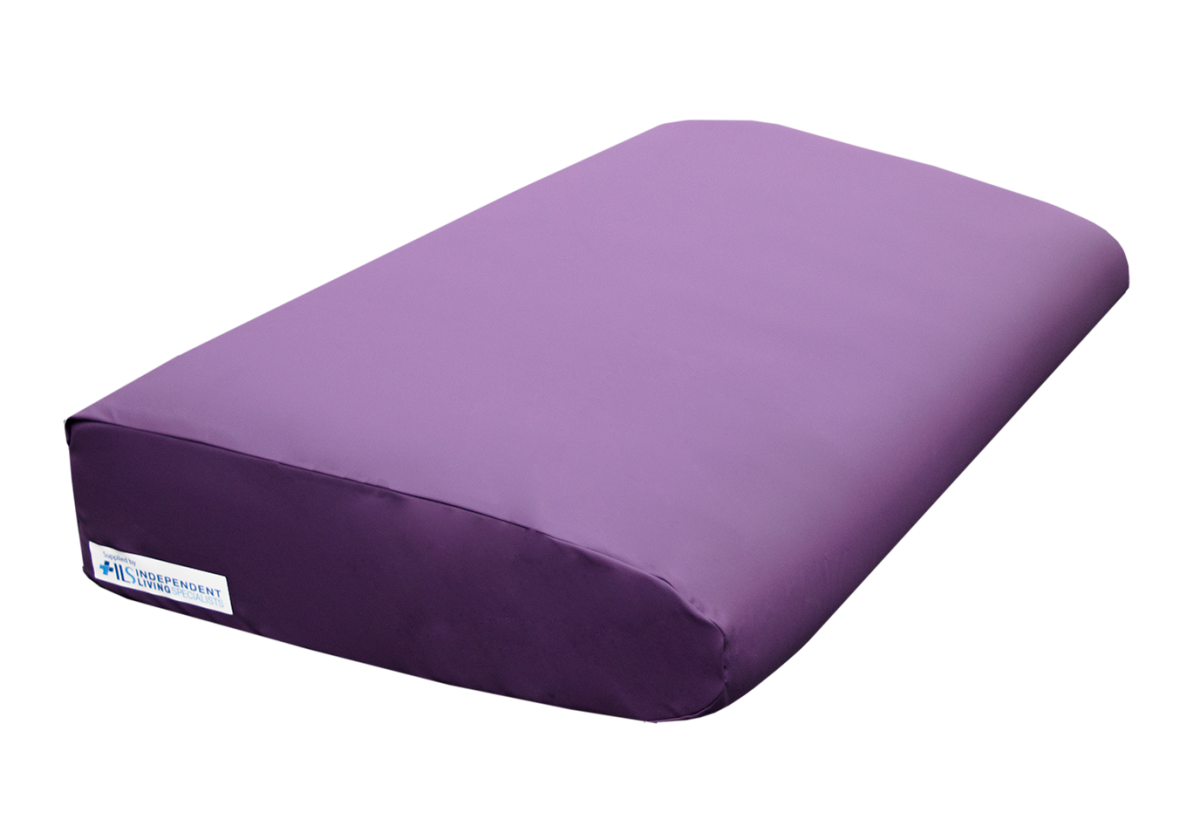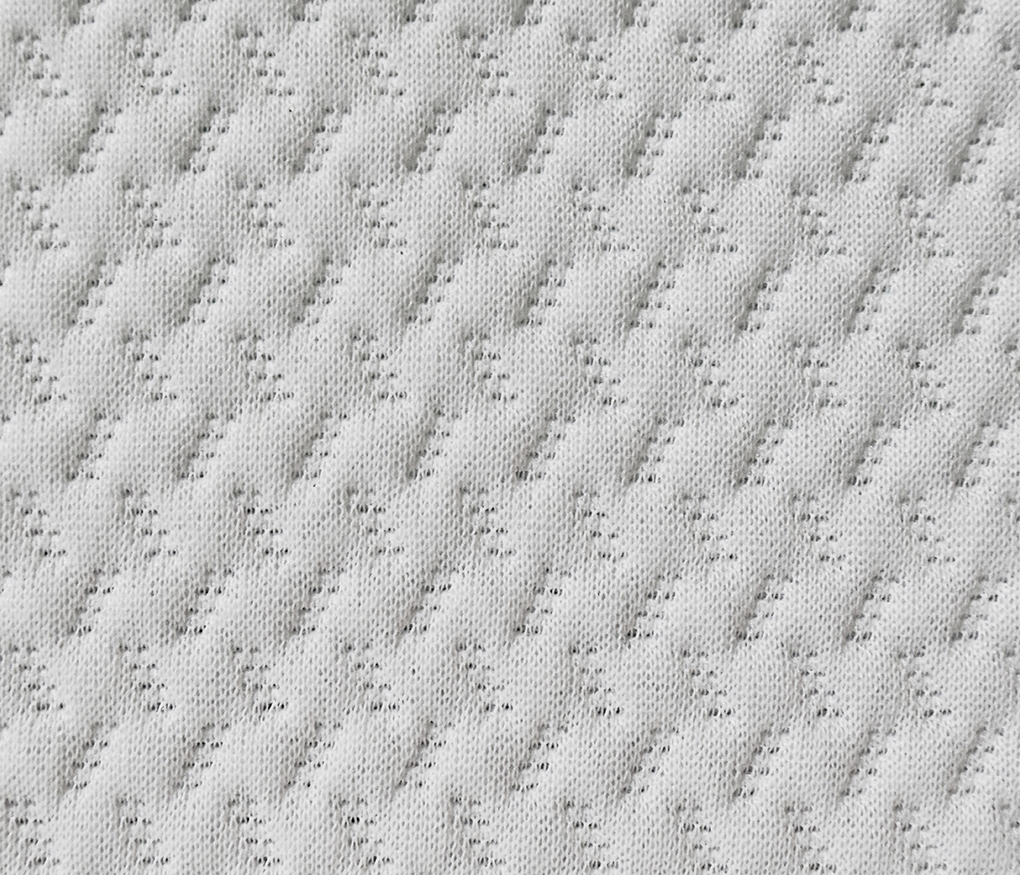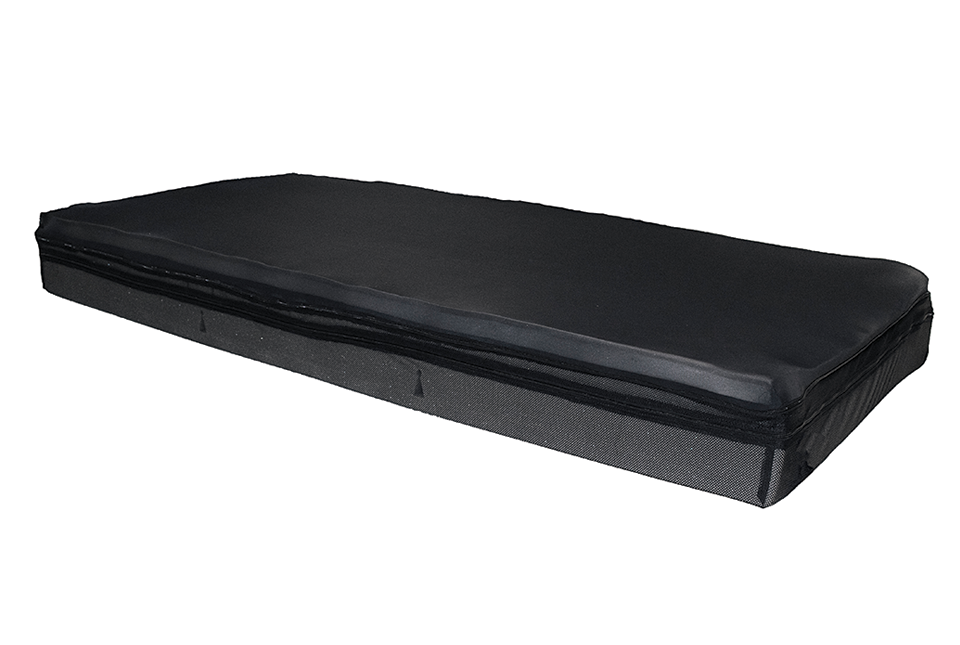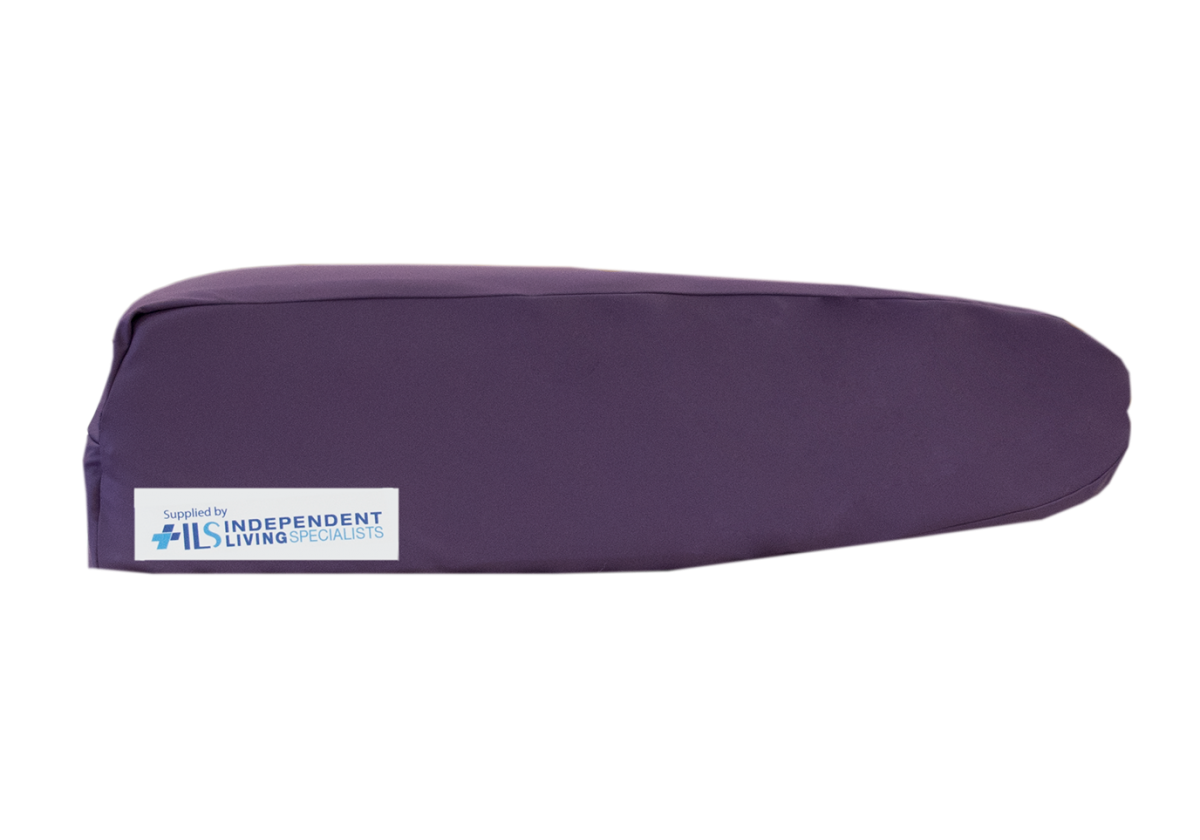Sonnet Heel Suspension Cushion
Sonnet Heel Cushion
The Forté Pressure Relieving Heel Cushion Provides effective protection to the critical Heel region. Manufactured to be able to be used in a variety of positions, the Forté Heel Cushion requires minimal education for clinical care staff and is popular within acute and frail aged care for its simplistic design and effectiveness. Manufactured using premium immersion foam and a pressure care covering, the Forté Heel Cushion is suited for a wide range of patients.
Features

AIROFORM RESPONSE IMMERSION INTERFACE
- A particularly responsive Ultra-High Performance elastic foam designed to optimise patient mobility, function and enhance repositioning
- Open-cell structure provides low-shear surface, good pressure redistribution, effective immersion, enhanced breathability and superior heat dissipation
- Alleviates localised pressure points
- Enhances contact with patient for distribution of interface pressure
- High temperature stability to deliver consistent immersion, performance and comfort
- Provides exceptional comfort
- Greatly reduces risk of impression marks on patient skin
- Firmness: Medium
- Read more about the Airoform Immersion Technologies
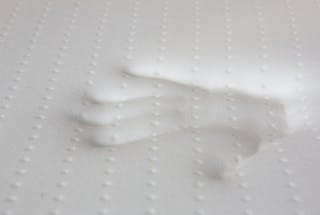
AIROFORM MEMORY SECONDARY IMMERSION LAYER
- High Temperature Stability to deliver consistent immersion, performance and comfort
- Maximises Patient contact with Support Surfaces Providing Pressure Redistribution
- Alleviates localised pressure points
- Depth calibrated to maximise functionality and patient mobility
- Visco-elastic/Memory Foam cell structure provides low-shear surface
- Firmness: Extra-Soft
- Learn more about the Airoform Immersion Technologies

SUPPORTIVE PLUSH INTERNAL CORE
- Delivers excellent postural comfort
- High quality, excellent durability
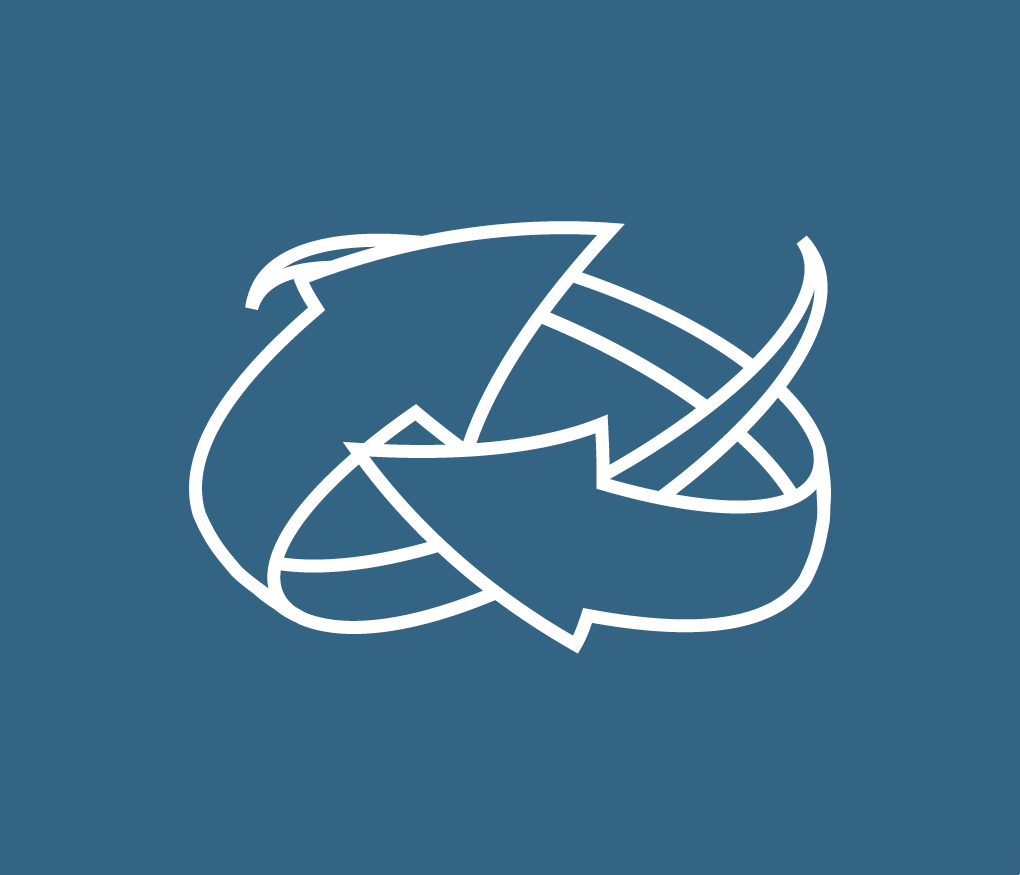
FOUR-WAY ROTATIONAL POSITIONING
Simplistic design that can be used in four positions
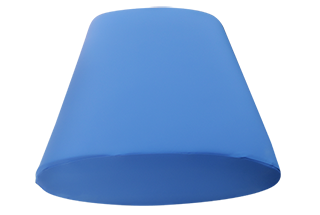
FULLY SEALED & ENCLOSED ADVANTIFLEX PRESSURE CARE COVER
- Advantiflex PU1100 Pressure Care Polyurethane Material: 4-Way Stretch, Vapour Permeable, Blue
- Construction: Fully sealed – no zipper, High frequency sealed and welded seams
About the Sonnet Heel Cushion
Pressure Relieving Device
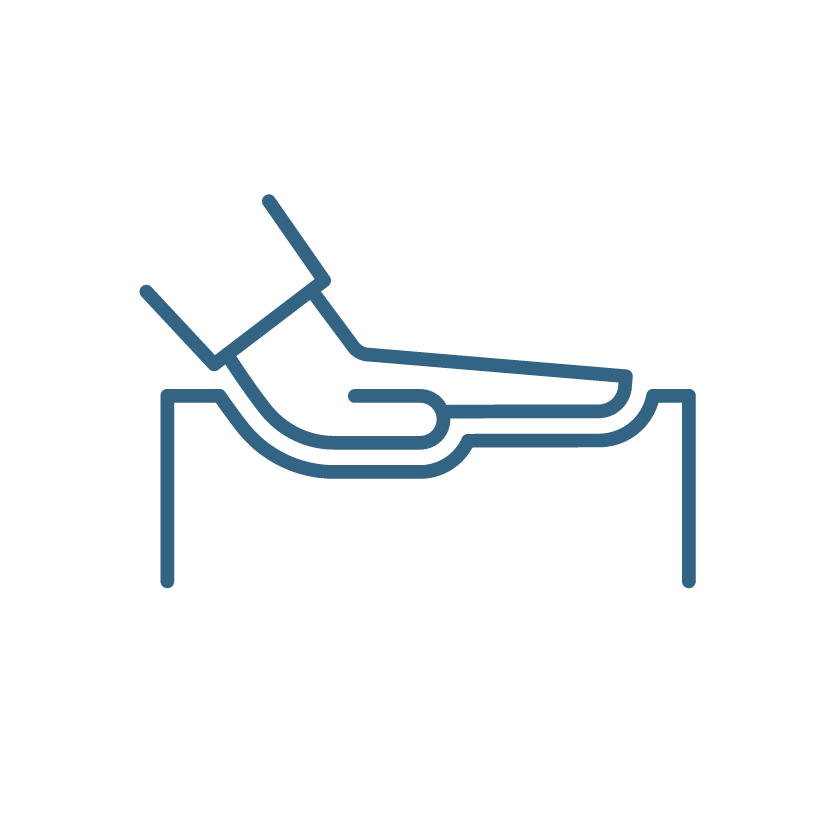
Airoform Foam
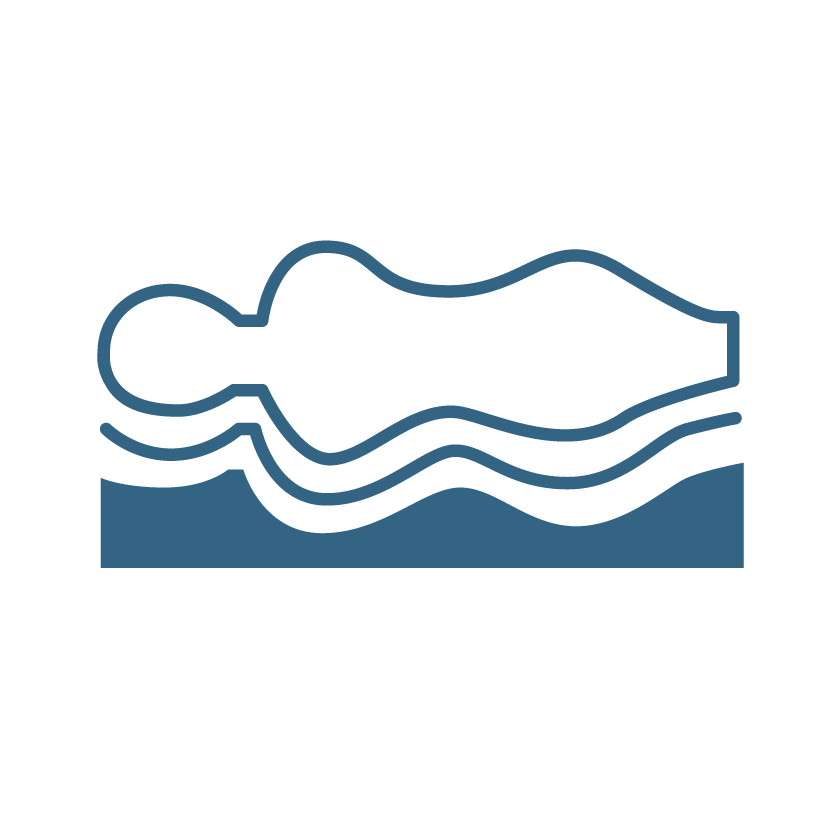
Excellent Immersion
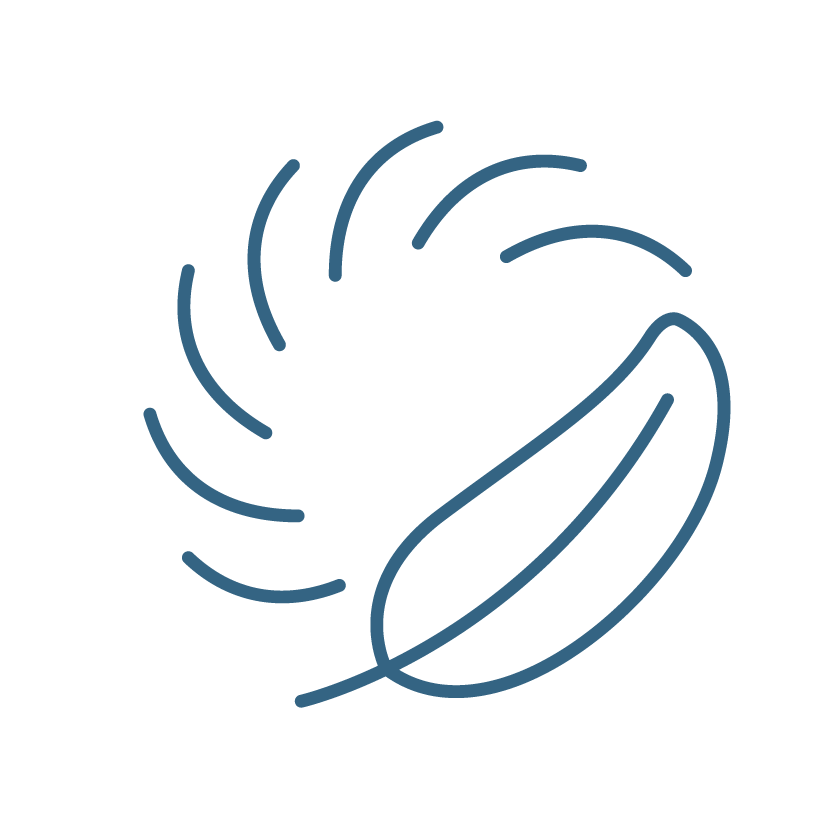
Soft Handle
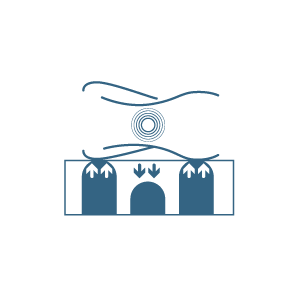
Complete Offloading
THE RISKY HEEL REGION
The heels are one of the most susceptible sites for pressure injuries, due to factors such as heel anatomy, disease burden, comorbid conditions, and the aging process. Heel Pressure Injuries (HPI) have been found to be one of the most prevalent sites for pressure injuries to occur, with a study in Europe identifying that 38.5% of stage IV pressure injuries were found at the heels.
According to the Prevention and Treatment of Pressure Injuries: Clinical Practice Guideline, The International Guideline 2019, Reducing pressure and sheer at the heel is an important point of interest in clinical practice. The posterior prominence of the heel sustains intense pressure, even when a pressure redistribution surface I used. Because the heel is covered with a small volume of subcutaneous tissue, mechanical loads are transmitted directly angular to the bone. The shape of the individual’s calcanei influences the strain on muscles and tissue at the heel. Given the small surface area of the heel, it is challenging to redistribute load from the heel.

EFFECTIVENESS OF THE HEEL ELEVATION
With the heels being one of the most susceptible sites for pressure injuries, pressure upon the Calcaneus must be reduced and redistributed. There are many ways of achieving this pressure reduction including a heel slope (surface modification), and heel elevation (using external devices such as the Sonnet Heel wedge).
Though essential in the clinical setting, particularly with those that are medically complex, elevating the heel and redistributing the pressure towards the calf is a difficult task. There are several implementation considerations such as ensuring the knee is at a slight flexion (5-10°) while the heel is elevated – this can help avoid vein compression and increased risk of deep vein thrombosis (DVT). It is important to adapt a plan of care to the individuals’ needs while avoiding causing harm to other ‘at-risk’ areas of the body (such as the Achilles tendon).
With patients on a traditional support surface with a completely horizontal fascia (no heel slope) and no additional aid from an external heel device, pressure injuries upon the heel region are more common than with heels that have elevated heels, with differences being from an 8% to 54.2% incidence on heel injury respectively.
The Prevention and Treatment of Pressure Injuries: Clinical Practice Guideline, The International Guideline 2019 recommends individuals at risk of heel pressure injuries and/or with Category/Stage I or II Pressure Injury, elevate the heels using a specifically designed heel suspension device. Offload the heel completely in such a way as to distribute the weight of the leg along the calf without placing pressure on the Achilles tendon and the popliteal vein.
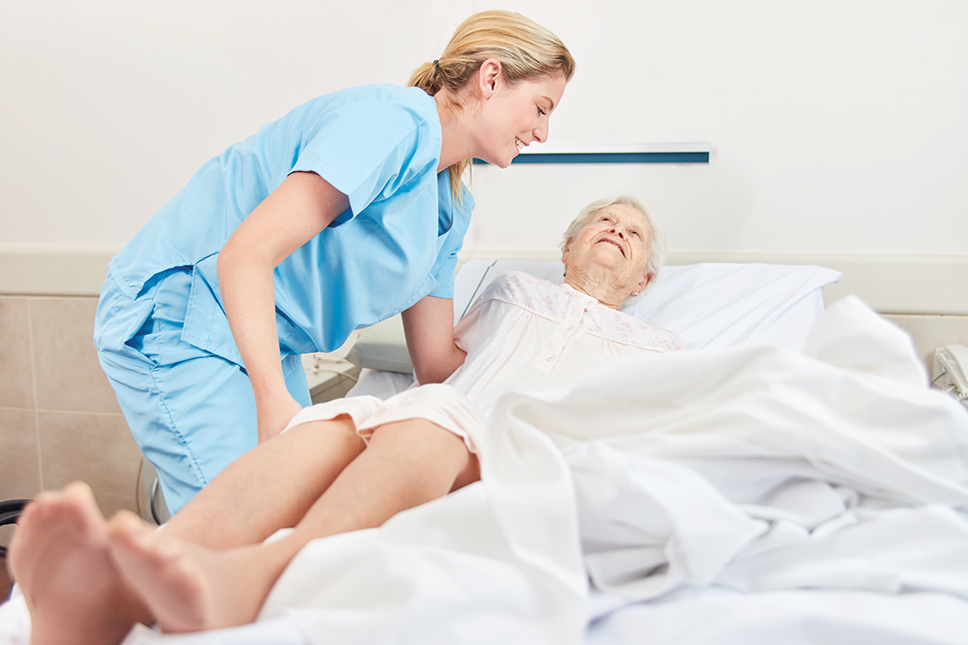
HYGIENIC
An external device such as a heel elevator must meet all the same inflection control standards as a support surface. Forté Sonnet Pressure Relieving Devices have high frequency welded seams (as opposed to sewn) and are wipe-clean and waterproof to meet infection control requirements for the facility environment. Welded seams prevent seepage of fluid through open, absorbent sewn seams.
In addition to the cover, foams used by Forté for the Sonnet Pressure Relieving Devices are specifically formulated for use within high humidity applications, typical within Hospital applications. ‘Humidity’ treatment ensures that the structural integrity of the foams remains within conditions that would otherwise have a significant degrading effect on foam performance. It also ensures postural support is maintained for comfort and prevents excessive pressure forces because of foam collapse. It is crucial to pressure injury prevention that the foam maintains its support to prevent a ‘bottoming out’ effect and ensure immersion and envelopment. Foams are also treated with Eversheild Anti-Microbial protection to prevent the growth of mould and bacteria. Maintaining healthy conditions within the foams reduces risk of infection control, cross patient contamination and mould.
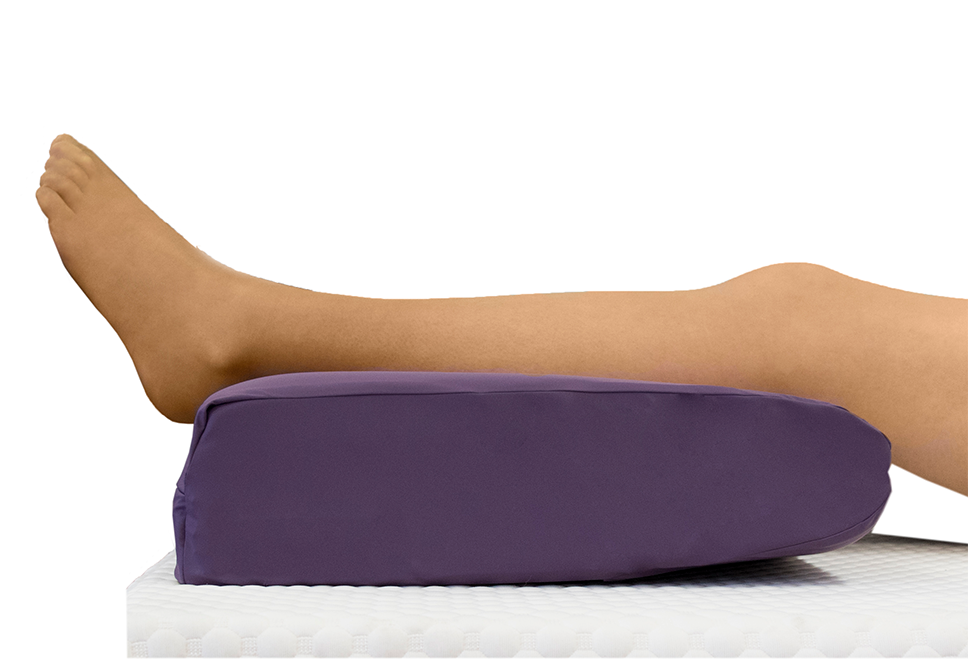
VERSATILITY BY BEING AUSTRALIAN MADE
Australian made by Forté Healthcare in Armidale NSW, the Sonnet Pressure Relieving Devices are synonymous with quality, performance, longevity, and functionality and is trusted by leading Hospitals and healthcare professionals to deliver clinical results and positive outcomes.
Forté manufactures Sonnet devices to order which means they can be customised in size and configuration to suit a specific individual. Each patient has different anatomy which means one device is not always effective for all individuals.
Why is it important to purchase Australian made products?
By purchasing products from Forté you are investing in the future of pressure injury prevention in Australia, creating regional jobs and boosting our economy for the better of everyone. Australian Made for Australian Care.
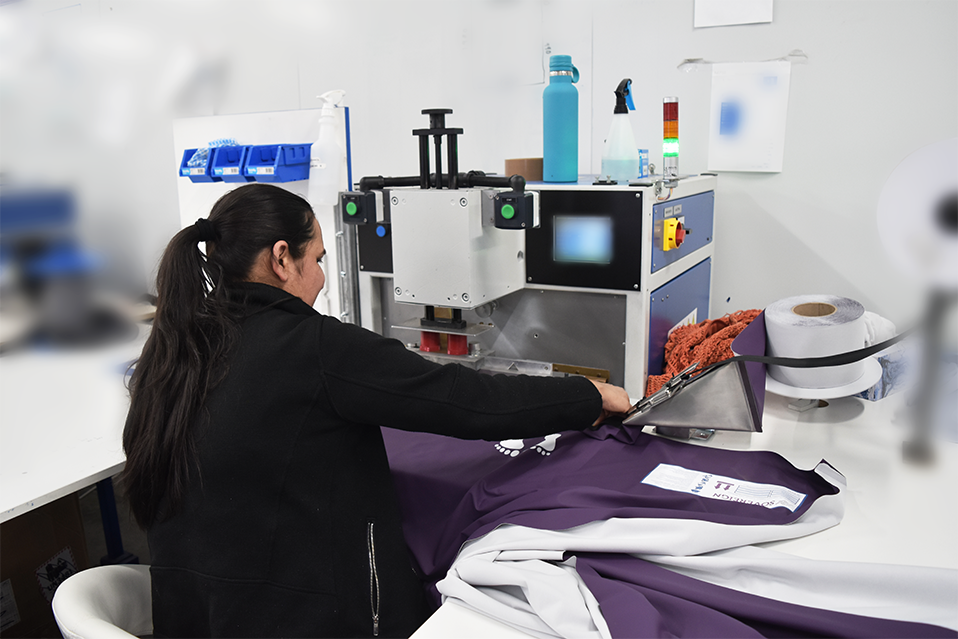
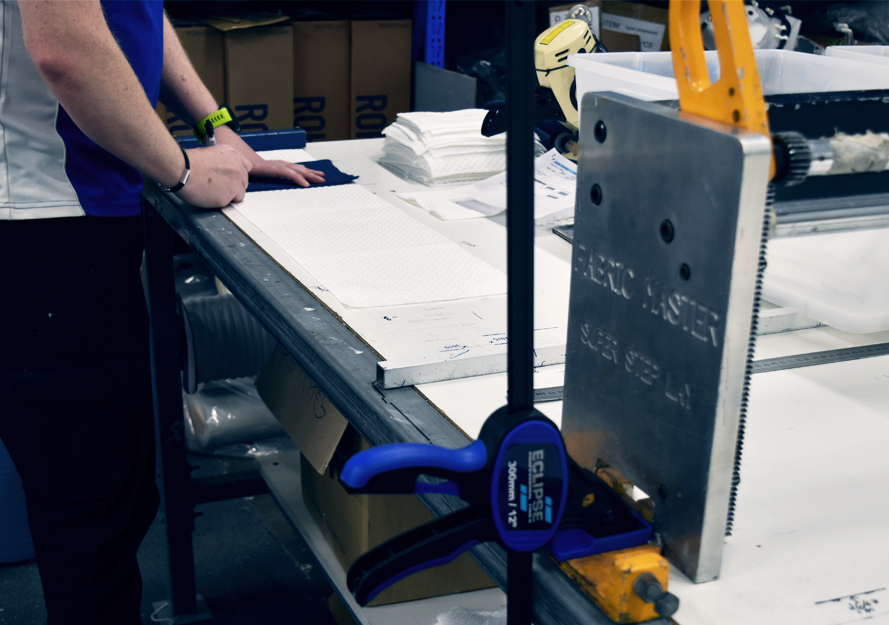
Manufacturing
Leveraging clinical expertise, with leading raw material technology and in-house manufacturing capabilities Forté Healthcare ensures optimal outcomes for pressure injury prevention, infection control and patient comfort.

Hear what Health Professionals say About Forté Healthcare Mattresses…
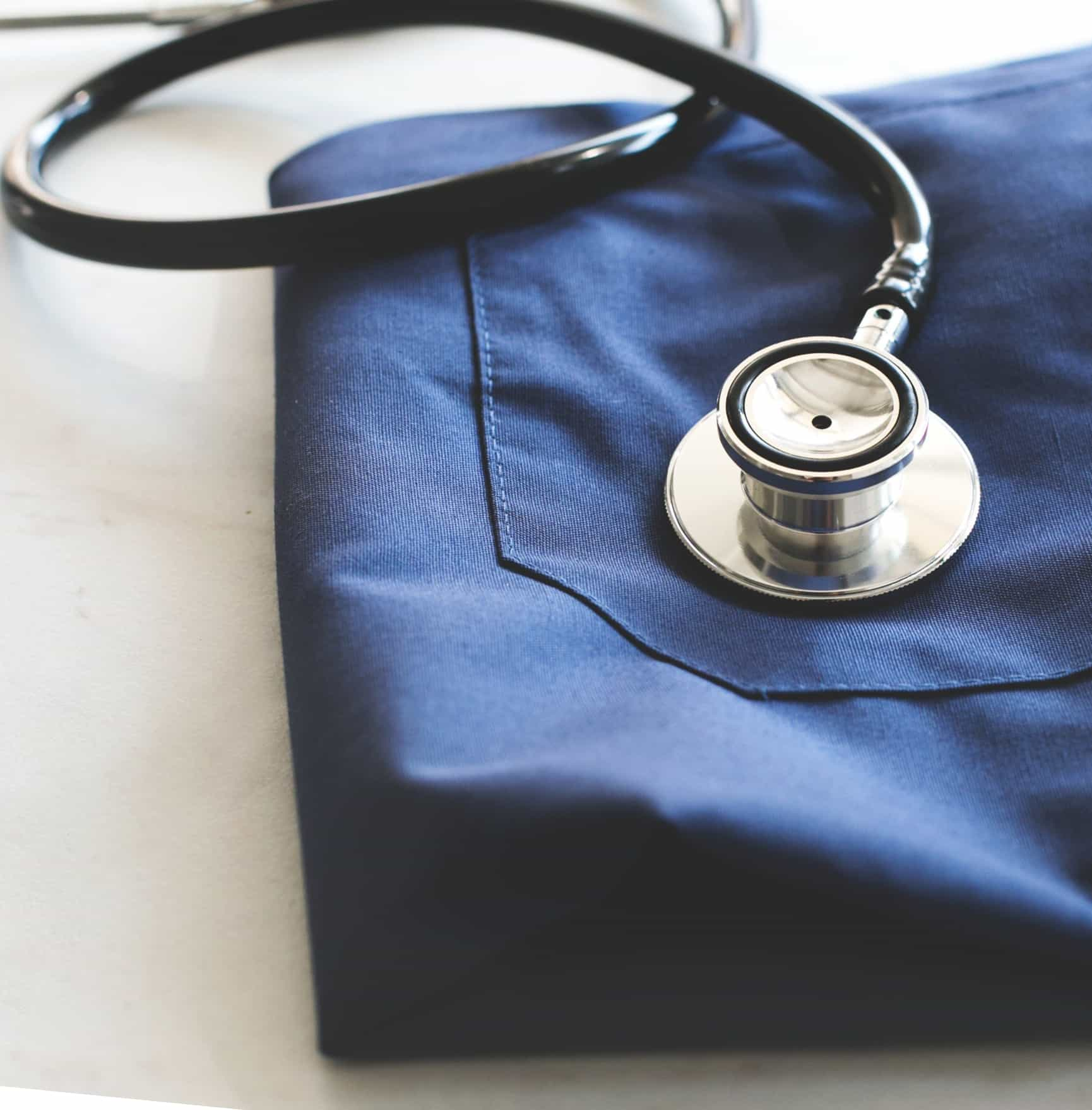
You’re Covered by Forté Healthcare’s ‘Successful Solution Guarantee’
At Forté Healthcare, we are so confident in the care and performance our support surfaces deliver, that we back our products and expertise with our ‘Successful Solution Guarantee’.
Here’s how it works:
Our team of specialists will help you navigate our product range to correctly match our support surfaces with your care environment and patient risk profile. This ensures you achieve the highest levels of patient care and pressure injury prevention.
If, for whatever reason the product we recommend isn’t helping you achieve the outcome you expected, we’ll work with you until it is. And in the unlikely event we still cannot provide the right solution.
We’ll refund you 100% of the charges to date.



